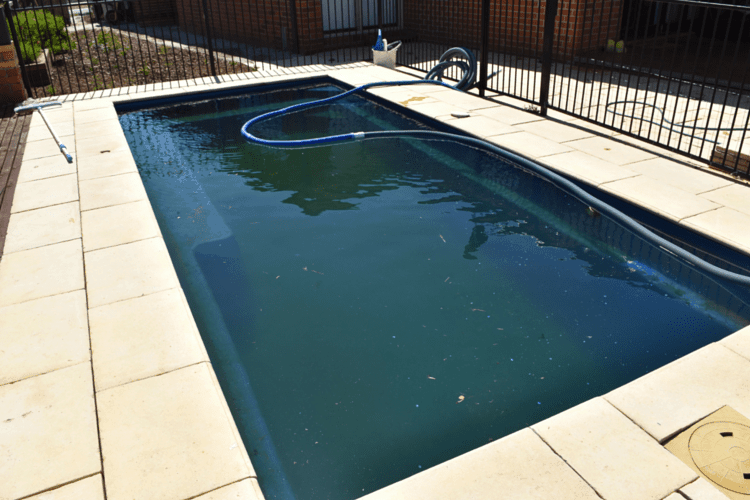
10 Dec How to clean algae stains from your pool?
So your pools built up with Algae stains?
We all prefer a good swim in the afternoon or during the summer season. But what will happen to our pool after winter? There may be a build up of algae! So how to go about cleaning your pool of algae stains?
First, we need to Identify the cause of the pool stains. If you see sheets in your pool, then the stain may be caused by something organic. The stains on your pool may be caused by leaves which are usually greenish and with algae.
If not treated as soon as possible, it may cause other deleterious effects in your pool.
How to go about removing or preventing algae stains?
In removing these algae stains they can be easily removed by scrubbing the surface walls hard with a brush and an organic cleaner. There are also available pool chemicals that contain enzymes which can destroy the source of the stain without having to scrub it. You just have to start it off and let it do its job.
This is much more favored if you own a more luxurious pool which is sensitive to scrubbing. Using certain pool chemicals is a preventive measure to stop this from happening in the first place. This can also be had by having your pool water checked and evaluated for any presence of a source of algae stains by a professional. You should remember that algae are part of our natural environment and thus they can be everywhere especially in pools or area with plenty water.
You also have to be sure that the water that you are filling your pool with does not contain algae components as these can contribute mainly to the staining of your pool.
Algae staining can also be caused by the presence of plastic or pipes in the pool or the walls of the swimming pool, so you also have to be mindful of this.
If you are sure that your pool has some stain issues, what you should do is to drain your pool at least halfway and refill it with treated water (softened water). Let this water circulate for about two days and have it tested the second time around for traces of metal components. Remember that if a single element of algae is introduced into your pool water, there is a high possibility that your pool will have the stains in a short period.
You should test for the TDS level plus the pH and alkalinity range of your pool. If any of these test results pass beyond the normal range, then the likelihood of algae stains to happen is a higher possibility.
The result? The algae and other water plants may affect your pool from the pool surface and into the depth of your pool, and stains will form. Lastly, do not forget to dechlorinate your pool once again to maintain the cleanliness of your pool.


